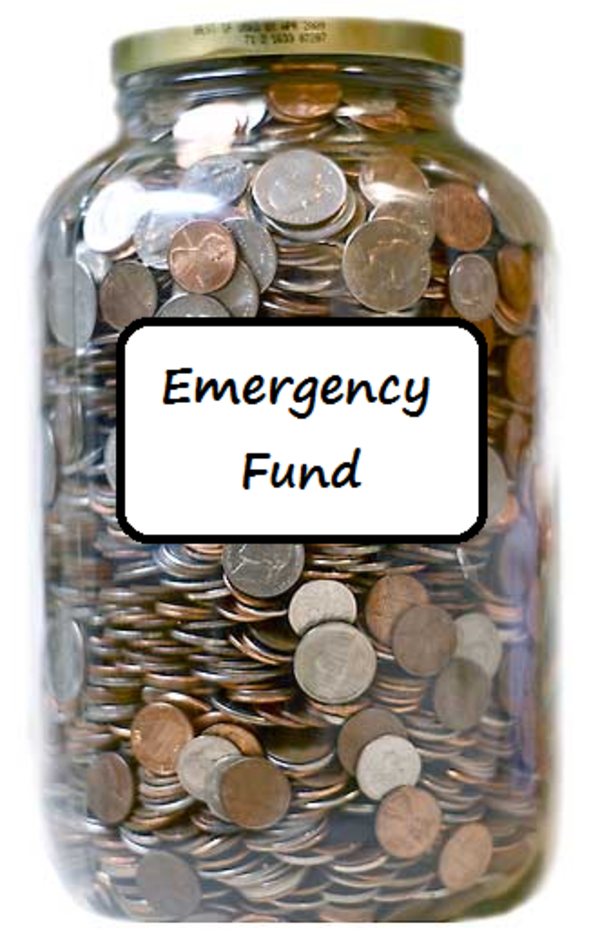Building an emergency fund is a useful way to pay for unexpected financial events. Depending on the financial situation, an emergency fund can assist covering charges for much needed expenses like medical, utility, and services bills. There are various simple and effective ways to build the right emergency fund for you.

Steps to Build an Emergency Fund
-
Emergency funds should have between three to six months of income. There is no limit on how much to save for emergency funds, but create a savings net to cover expenses for the long term, based on personal earnings. If little money is left from monthly earnings, create it based on monthly expenses instead of income.
-
Calculate the amount of emergency funds needed on a regular basis. Emergency funds are based on personal income and overall expenses. For example, expenses could be higher for people with families in comparison to singles, but it all depends on the personal lifestyle. Check emergency fund amounts to know if more money is needed based on total monthly expenses and new acquisitions, services, or family conditions.
-
Save small at first. If you have little left to save on an emergency fund, try to save small amounts initially. Start with $20 per month, as an example. Your emergency fund should grow with each paycheck on a monthly basis. Once you see how much money has been saved over time, it could encourage you to place more money in an emergency fund.
-
Keep emergency funds readily available. Instant access cash should be a priority for emergency funds. You should avoid placing emergency funds in long term savings or investment plans with penalty fees for early withdrawals. Emergency funds should be readily accessible to cover desperate financial situations.
-
Seek good interest rates. As long as the money placed in an emergency fund is readily accessible, look for investing or saving options for your money. Shop around for the best interest rates available in the financial market. Aim to place your emergency funds in accounts that at least match inflation rates.
-
Lower expenses to save more. Check all monthly expenses and try to reduce unnecessary items. Try to reduce costs from new gadget purchases, TV, phone, and other bills. Place the money saved directly into an emergency fund without spending it in other venues.
-
Remain indoors. Skip going to restaurants and movie theaters by cooking meals and renting movies, respectively. Try doing leisure activities with little or no costs like visiting local museums and art galleries. Place the money saved into an emergency fund.
-
Avoid late fees. People, that live from paycheck to paycheck, may face situations where bills are paid late or bank accounts are overdrawn. Avoiding these extra charges can lower the monthly expenses and add money to increase an emergency fund.
-
Sell items no longer used. Do a spring-cleaning of unnecessary products around your home. Make a list of items in your home and check what is really needed. Get extra money to place in an emergency fund by selling items no longer used. For example, do a garage sale or use online auction services like EBay. You may be surprised on how much money can be made from items that have been put away in your home.
-
Repay any money withdrawn from emergency funds. If emergencies arise, use the available money, but attempt to repay back the amount. Rebuild and increase emergency funds once desperate financial situations have passed.
- Be prepared at all times. Keep emergency funds as a top priority to build over time, even if not used in years. Avoid being caught off guard without money to spend on urgent expenses.
Building emergency funds in simple and effective ways is possible based on personal finances. Since financial urgencies can happen at any time, try to save as much money as possible to cover for unexpected financial situations. Seek financial expert assistance to make budgets that can prepare you for financial emergency events, if needed.
This article is provided courtesy of Bad Credit Loans Direct, a consumer finance website providing information and tools on small loans for bad credit and other personal credit services.

